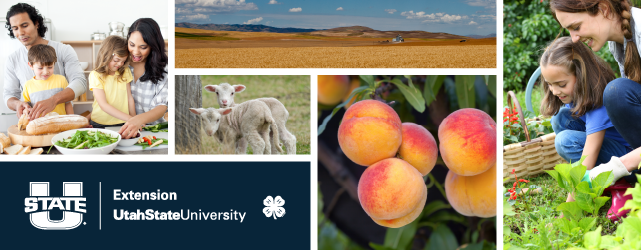Files
Download Full Text (287 KB)
Description
Many rural families combine a number of economic activities to generate additional family income. Farm production activities may be combined with full-time employment in farming or in the non-farm sector. Part-time employment may involve several seasonal jobs during the year or a part-time job throughout the year.
Generally, an employed individual will receive a Form W-2 reporting the wages received and taxes withheld. In other situations, the individual may be contracted to perform a specified task or provide a service and properly receive a Form 1099-MISC. The individual generally has responsibility for paying the self-employment tax as well as the income tax. Payment for agricultural work may be made in commodities to avoid the social security taxes1, but such payments are taxable for income tax purposes. The instructions and documentation received facilitates the proper reporting of these items of income.
Agricultural producers may also be involved in a variety of activities involving farming and direct marketing, such as farmers’ markets or community-supported agriculture. Farm income and expenses are reported on Schedule F, Profit or Loss from Farming. Other businesses report income and expenses on Schedule C, Profit or Loss from Business. The profit or loss from business activities is carried to the income section of the Form 1040. But where do farming activities end and non-farm activities begin? Does it matter how income and expenses are reported?
Publisher
Rural Tax Education
Publication Date
8-2012
Keywords
farming, reporting, matter
Disciplines
Education | Higher Education | University Extension
Recommended Citation
Patrick, George, "What is Farming? Does Reporting Matter?" (2012). Rural Tax Education. 1.
https://digitalcommons.usu.edu/rural_tax/1



